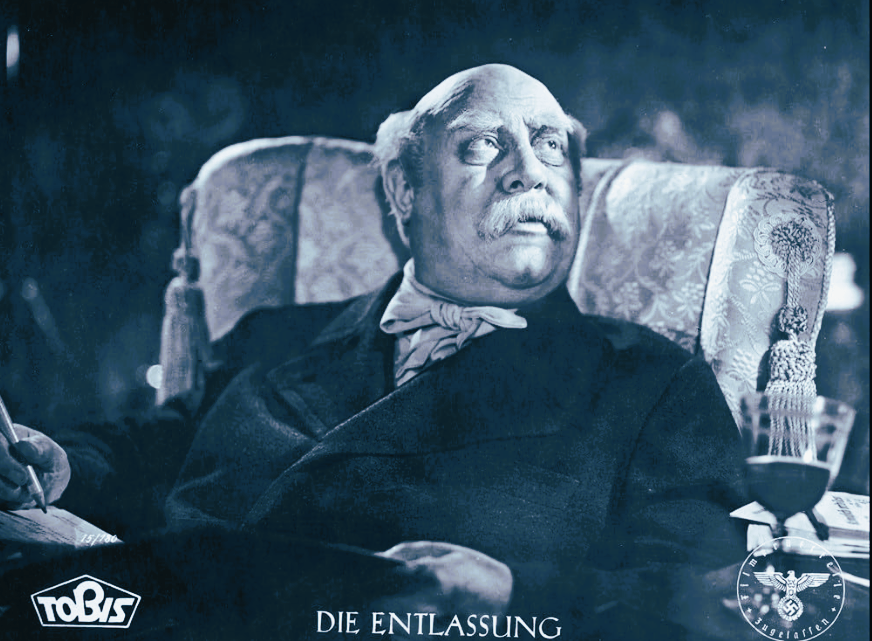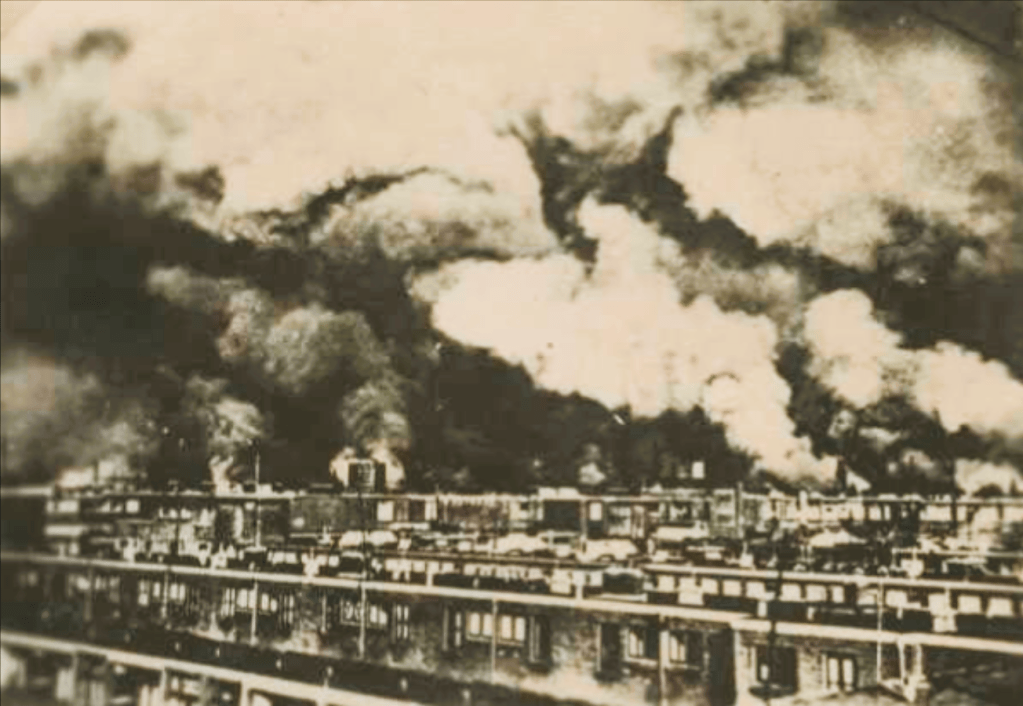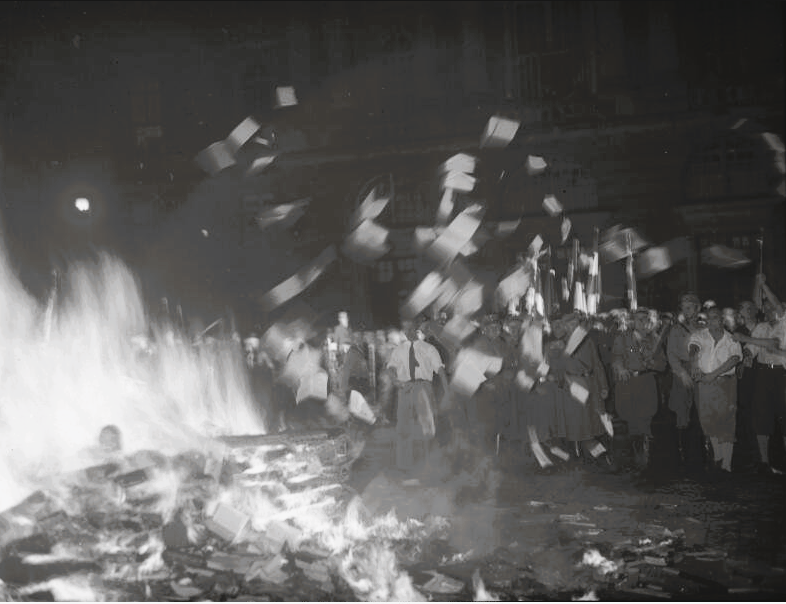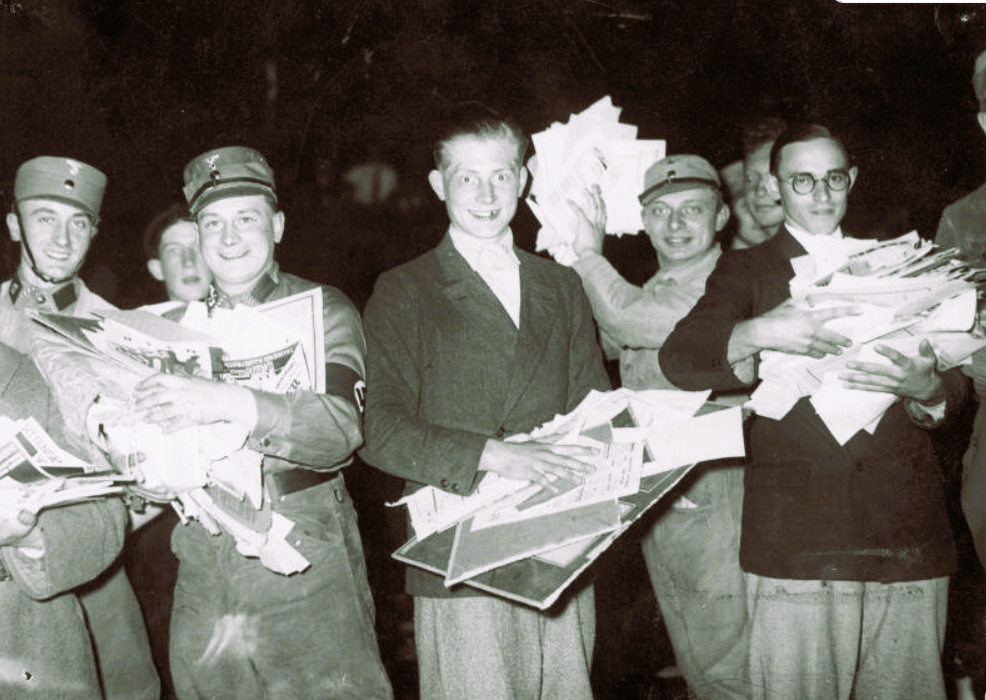
Since the initial awards banquet on May 16, 1929, in the Hollywood Roosevelt Hotel’s Blossom Room, over 3,000 statuettes have been presented.
Yes, it is about the Oscars, on May 16 1929 the first Academy Awards were held, and the very first Best Actor award went to Emil Jannings.
Emil Jannings was a theater actor who went into films. He starred in the 1922 film version of Othello and in F. W. Murnau’s The Last Laugh, as a proud but aged hotel doorman who is demoted to a restroom attendant. Jannings worked with Murnau on two other films, playing the title character in Herr Tartüff and Mephistopheles in Faust. He eventually started a career in Hollywood. In 1929 he won the Oscar for two films, The Way of All Flesh and The Last Command.
The strange story of Jannings began in Rorschach, Switzerland, with his birth on 23 July 1884. His father Emil, a well-to-do American businessman from St Louis, died when the future actor was a child. His mother, Margarethe, moved the boy, who was christened Theodor Friedrich Emil Janenz, to Görlitz, in the far east of Germany. Jannings ran away from home at 16 to become a sailor but quickly decided that he wanted to be an actor.
With the advent of sound in cinema, Jannings faced challenges due to his thick German accent and subsequently returned to Europe.
Back in Germany, during the 1930s and 1940s, Jannings worked extensively in films produced under the Nazi regime, a collaboration that tainted his legacy in the post-war years.
After the Nazi seizure of power in 1933, Jannings continued his career in the service of Nazi cinema. In Nazi Germany, he starred in several films that were intended to promote Nazism, particularly the Führerprinzip by presenting unyielding historical characters, such as Der alte und der junge König (The Old and the Young King, 1934), Der Herrscher (The Ruler, 1937) directed by Veit Harlan, Robert Koch, Ohm Krüger (Uncle Kruger, 1941) and Die Entlassung (Bismarck’s Dismissal, 1942).

Jannings also performed in his famed role in The Broken Jug directed by Gustav Ucicky. Minister of Propaganda Joseph Goebbels named Jannings an Artist of the State (Staatsschauspieler)

The shooting of his last film, Wo ist Herr Belling? was aborted when troops of the Allied Powers entered Germany in Spring 1945. Jannings reportedly carried his Oscar statuette with him as proof of his former association with Hollywood. However, his active role in Nazi propaganda meant that he was subject to denazification, effectively ending his career. Allegedly as Allied troops marched into Berlin in 1945, Jannings ran through the bombed-out city, his shimmering Oscar thrust in front of him like a sword. “Don’t shoot,” he shouted, “I have won an Oscar!”
In the same period, Dietrich became a US citizen and an influential anti-Nazi activist, spending much of the war entertaining troops on the front lines and broadcasting on behalf of the OSS. Dietrich particularly loathed Jannings for his Nazi ties, and would later refer to her former co-star as a “ham.”
According to Susan Orlean, author of Rin Tin Tin: The Life and The Legend (Simon and Schuster, 2011), Jannings actually was not the winner of the first best actor vote, but the runner-up. While researching her book, Orlean discovered that it was in fact—Rin Tin Tin, the German Shepherd dog, one of the biggest movie stars of his time, who won the vote. The Academy, however, worried about not being taken seriously if they gave the first Oscar to a dog, chose to award the Oscar to the human runner-up.

After the war with his reputation stained by his work with the Nazi government, he never worked as an actor again. He was de-nazified in 1946 and took Austrian nationality one year later.
He was portrayed by the German actor Hilmar Eichhorn in Tarantino’s Inglourious Basterds (2009). In it, Jannings died a fictional death, shot and then engulfed in flames along with Adolf Hitler.
He died in 1950, aged 65, from liver cancer. He is buried in the St. Wolfgang cemetery. His Best Actor Oscar is now on display at the Berlin Filmmuseum.
Sources
https://www.imdb.com/name/nm0417837/?ref_=nmtrv_ov

Donation
I am passionate about my site and I know you all like reading my blogs. I have been doing this at no cost and will continue to do so. All I ask is for a voluntary donation of $2, however if you are not in a position to do so I can fully understand, maybe next time then. Thank you. To donate click on the credit/debit card icon of the card you will use. If you want to donate more then $2 just add a higher number in the box left from the PayPal link. Many thanks.
$2.00
















You must be logged in to post a comment.